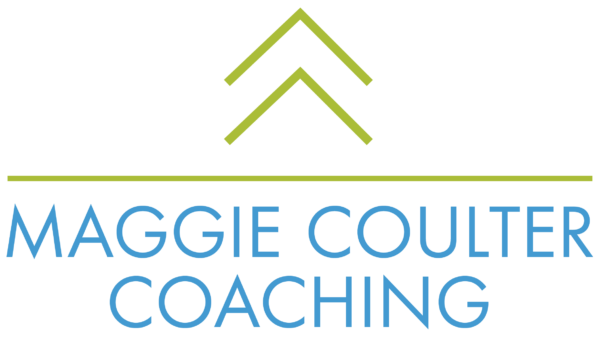Flipping the Switch: Shifting from Worst Case to Best Case Thinking
If there’s one thing that can make the biggest difference in the quality of our lives these days, it’s what I call “flipping the switch” in our minds. As in, recognizing when our attention is caught up in the kind of thinking that negatively impacts our quality of life and intentionally choosing to engage in a better, more supportive kind of thinking. Flipping the switch in this way enhances our experience and is more productive overall, as illustrated by the example below and research by well-known psychologist, Rick Hanson.
The example is my own. First, I need to explain that I have a long-held habit of imagining worst case scenarios in my head, all day long. As I’m walking down the street on my way to a meeting, I’ll see a couple of people walking toward me and immediately start imagining a scenario where they might come up to me and start hassling me. If I have a quiet month in my business, my mind fires up a familiar image: me, old and alone with no money to my name, locked up in some dreaded place where they abuse elder people for fun. If I hear a sound while I’m falling asleep at night, I assume it’s a home invasion before considering the more likely scenario of a raccoon rustling around near the garbage cans.
Imagining the worst case scenarios all the time is not a fun way to exist and I only became consciously aware of it in the last ten years. Before then, this habit ran rampant and unchecked in my brain. It’s not that unusual, however. Psychologist and author Rick Hanson states, “The brain is like Velcro for negative experiences, but Teflon for positive ones.” Humans tend to dwell on potential threats and situations that scare us while largely ignoring or diminishing the significance of what’s going well and what makes us feel good about ourselves and others. As a result, “we don’t tend to stay with and truly absorb our accomplishments and wins, and thus they don’t actually stick in the brain to inform future decisions and help us have an overall more positive outlook. According to Hanson, this takes ten to fifteen seconds of ‘taking in the good’ by focusing on, and even expanding the accomplishment” (excerpted from This is Your Brain on Coaching, by Ann Betz).
“Taking in the good” is exactly what I’m doing when I flip the switch in my mind by first recognizing my worst case thinking, then letting go of it long enough to re-focus my attention on the opposite: best case thinking. I ask myself, “what is the best possible scenario I can imagine right now?” and I stretch myself to think really big with the question (If I think too small I can get bogged down in the practical details of the daydream).
One of my favourite best case scenarios to imagine is that as I walk along an urban street on my way to a meeting, the street suddenly fades away and I’m actually in a field somewhere far outside of the city. There are only a few other people around in this daydream, people I love and with whom I feel most comfortable, and they’re sitting around a giant saltwater pool nestled in the middle of rolling country hills. There are a few tall trees providing shade around the pool although in my imagination no one gets sunburned or skin cancer anyway. The air is warm and there is only the sound of a gentle breeze rustling through the leaves of the trees, and the light tinkling of conversation and laughter floating across space. I notice how I feel in those moments too – warm inside, looser in my limbs. I continue paying attention to those feelings, allowing them to expand in my consciousness, taking over in the most lovely way.
By the time I get back to where I’m going, I feel great. I’m more open to possibility, my creativity is more readily accessible, and I have a renewed sense of confidence that can lead to more energizing and potential-fulfilling interactions. Given that the likelihood of the worst case scenario happening is on a par with the likelihood of the best case scenario unfolding, logically it makes more sense to dwell on the best case scenario, especially when it has so many benefits associated with it. My logical brain appreciates that kind of rationale.
Try it yourself and see what happens. First, notice if your mind is caught up in a worst case daydream (or daymare) and acknowledge that you’re thinking that way, without judgment. Then, make the conscious choice to switch your thoughts toward a best case daydream, allowing yourself to ponder over the details and stretch the limits of what you think is possible. Finally, reflect on the impact this exercise has on your mind and body and how you show up in subsequent situations in your day.
Chances are, you’re going to want to flip the switch again and again. As Hanson suggests, this can positively influence the decisions we make and the quality of our experience, so flip the switch of your mind and dream away.
